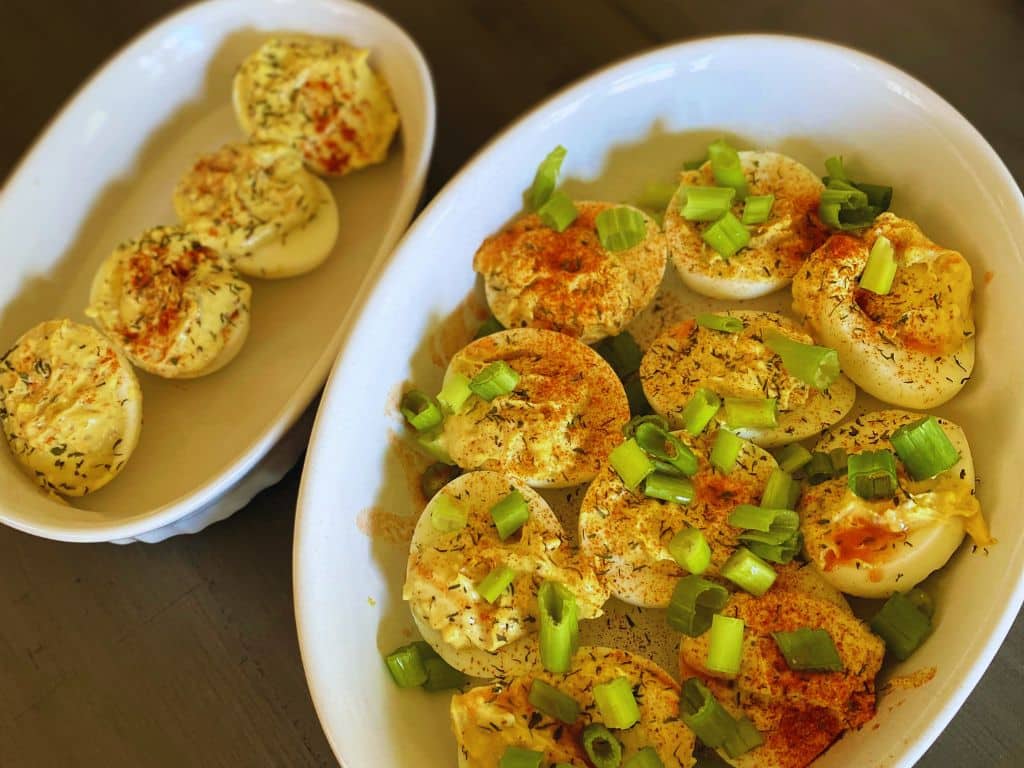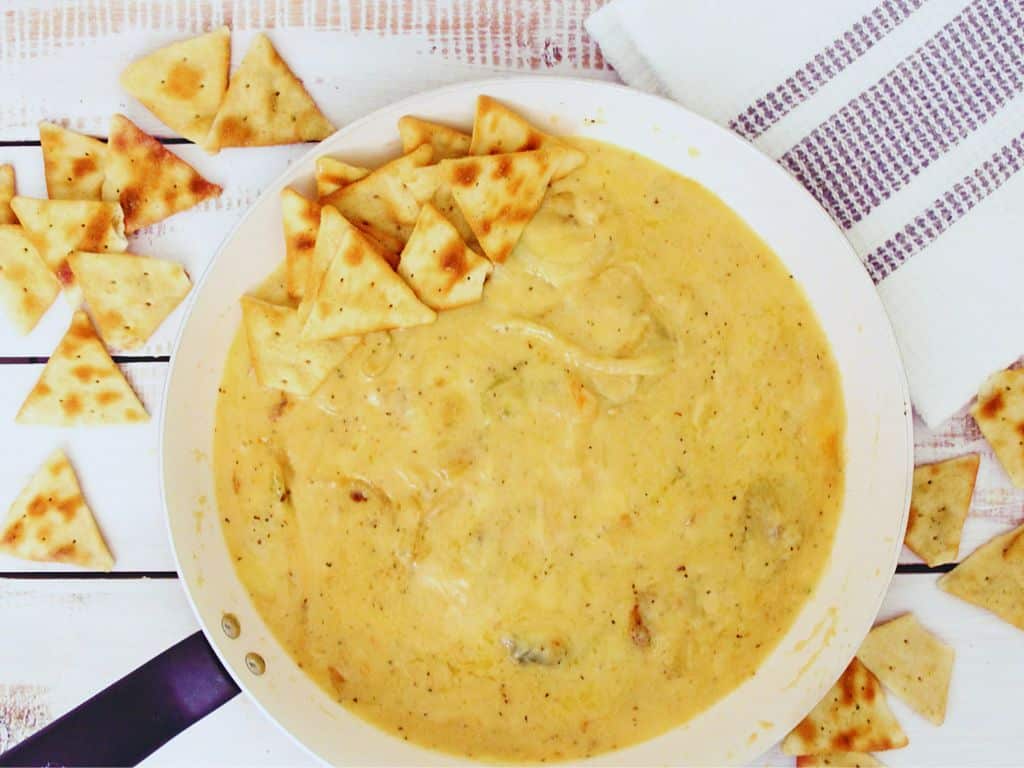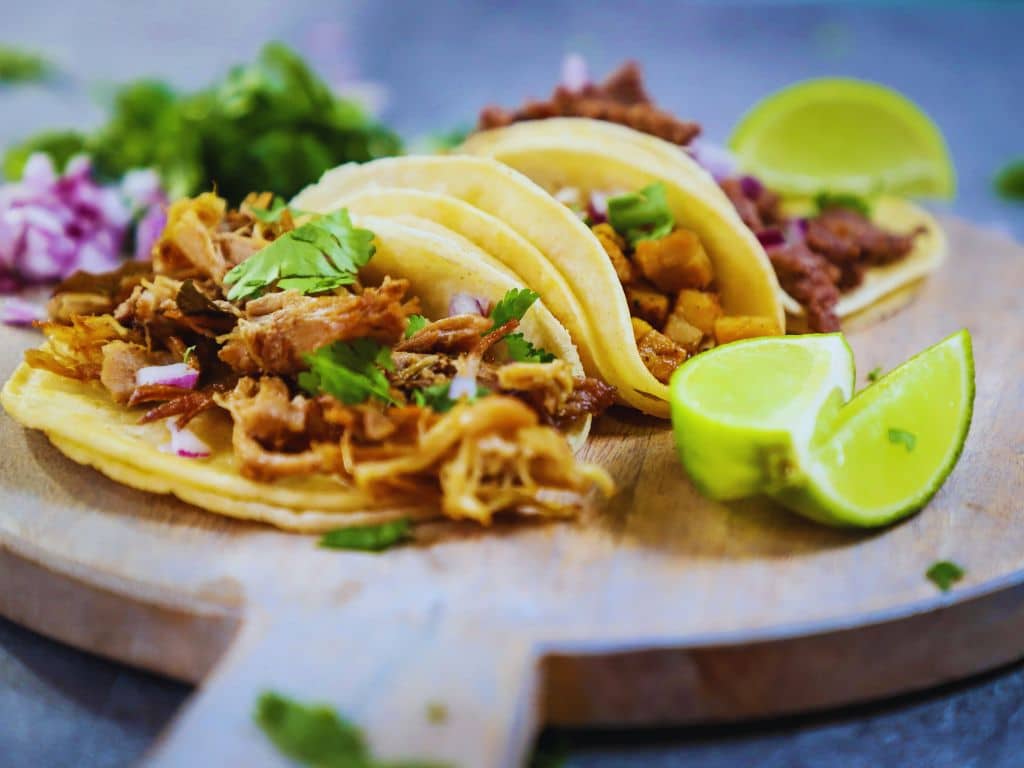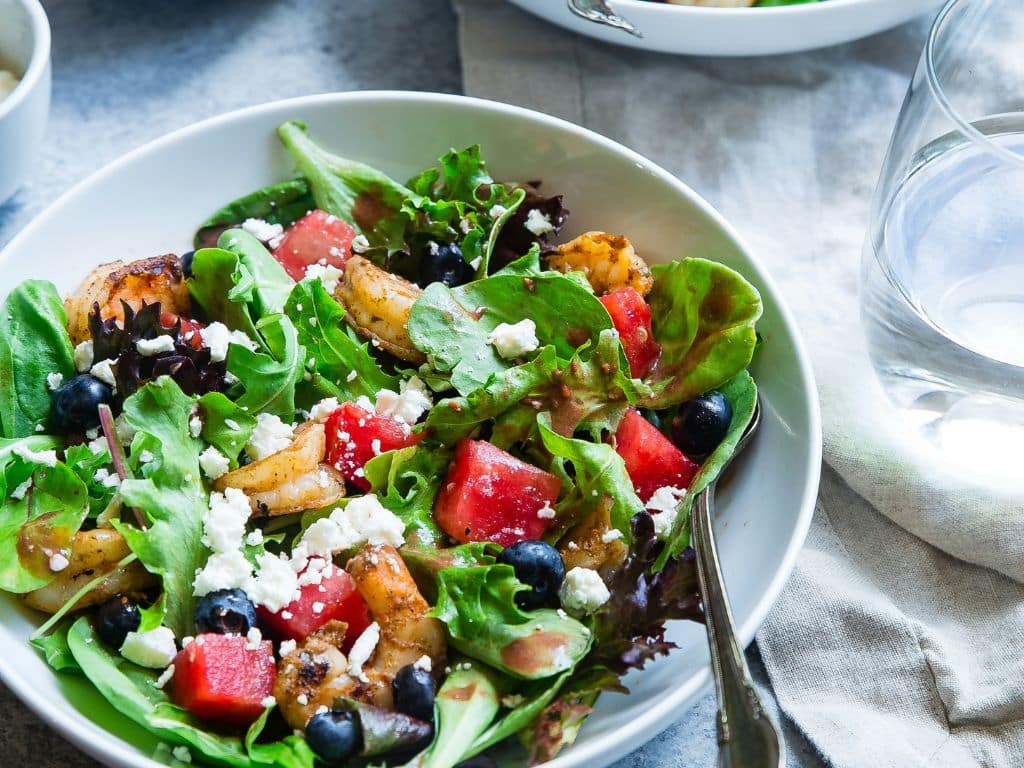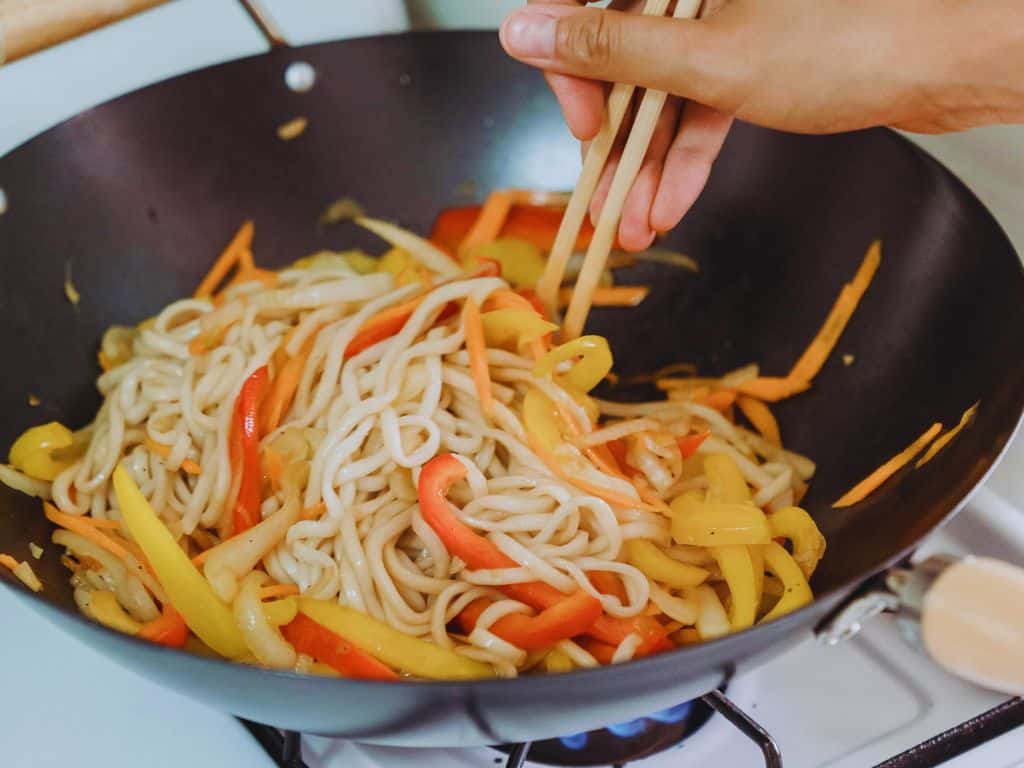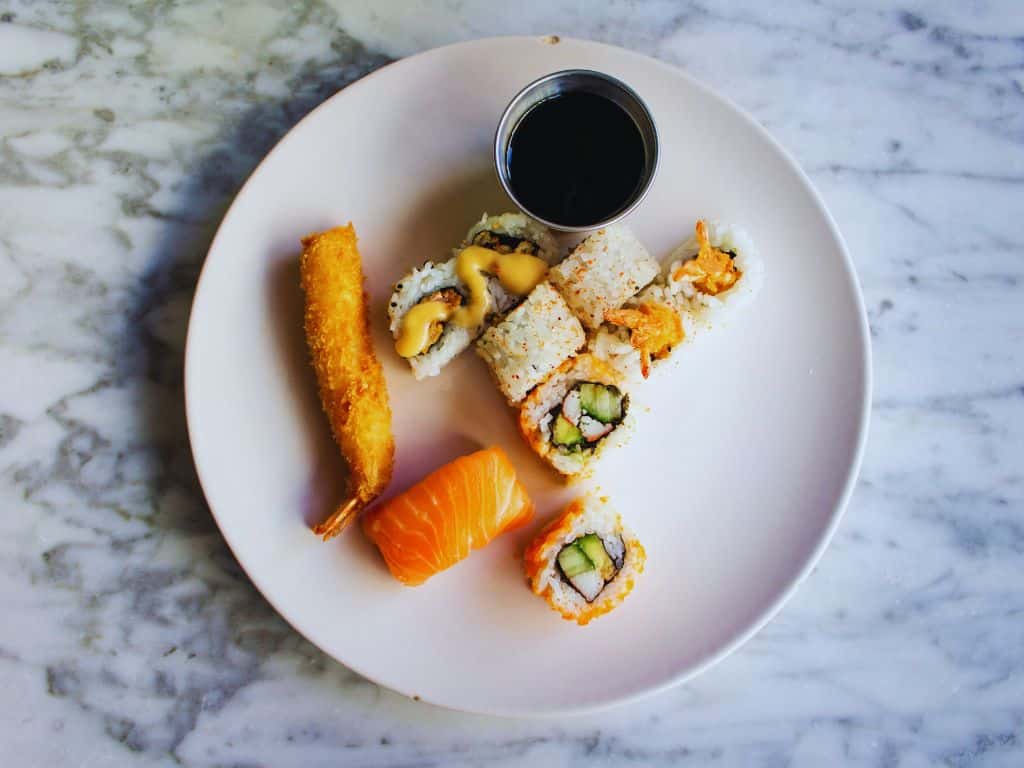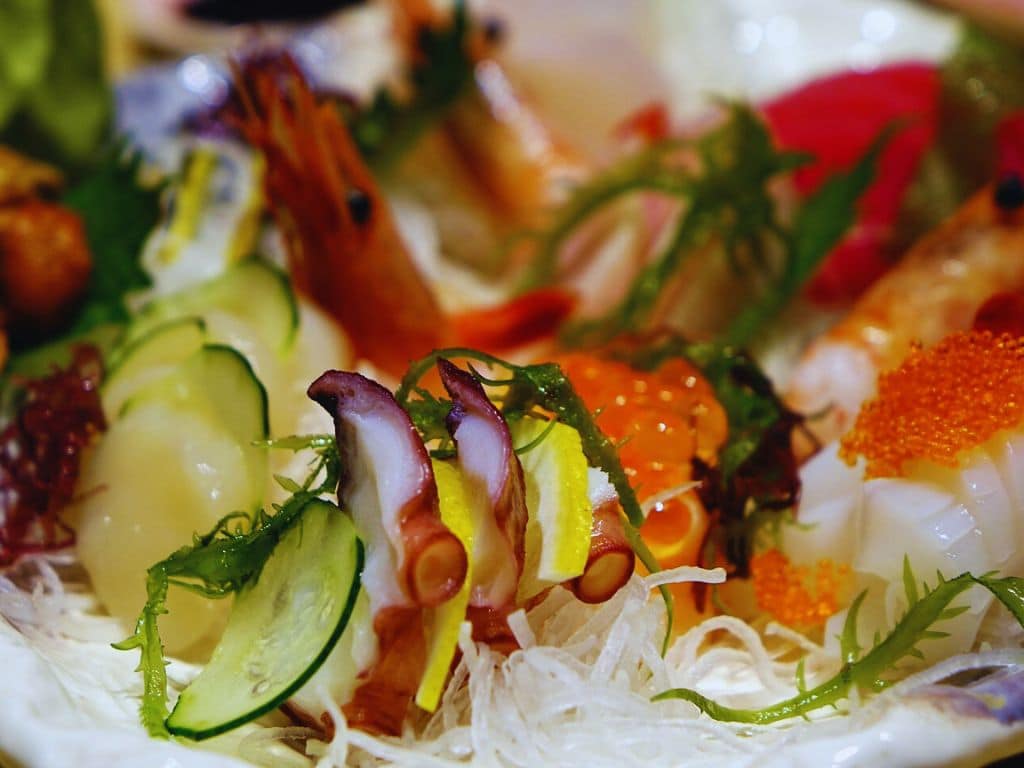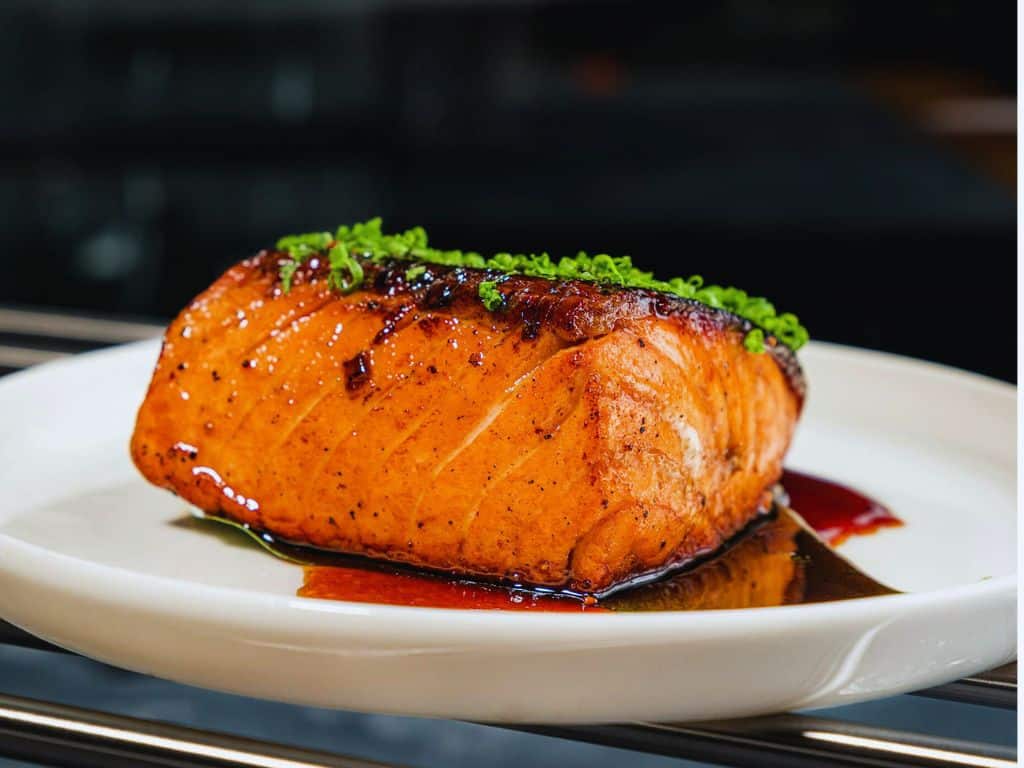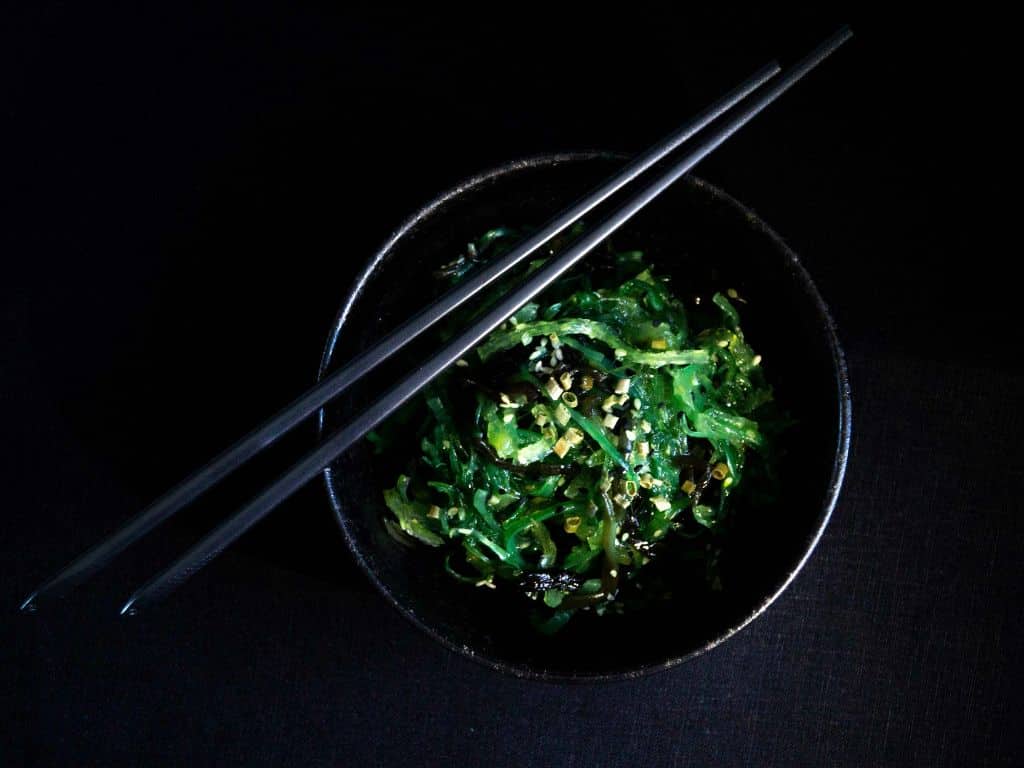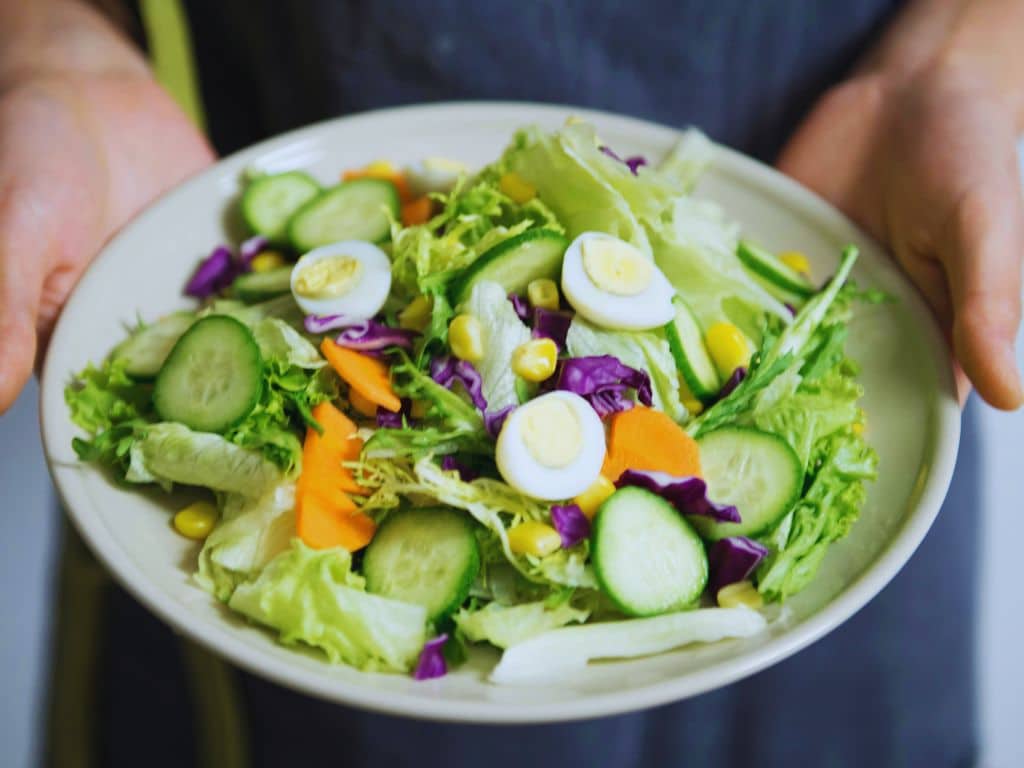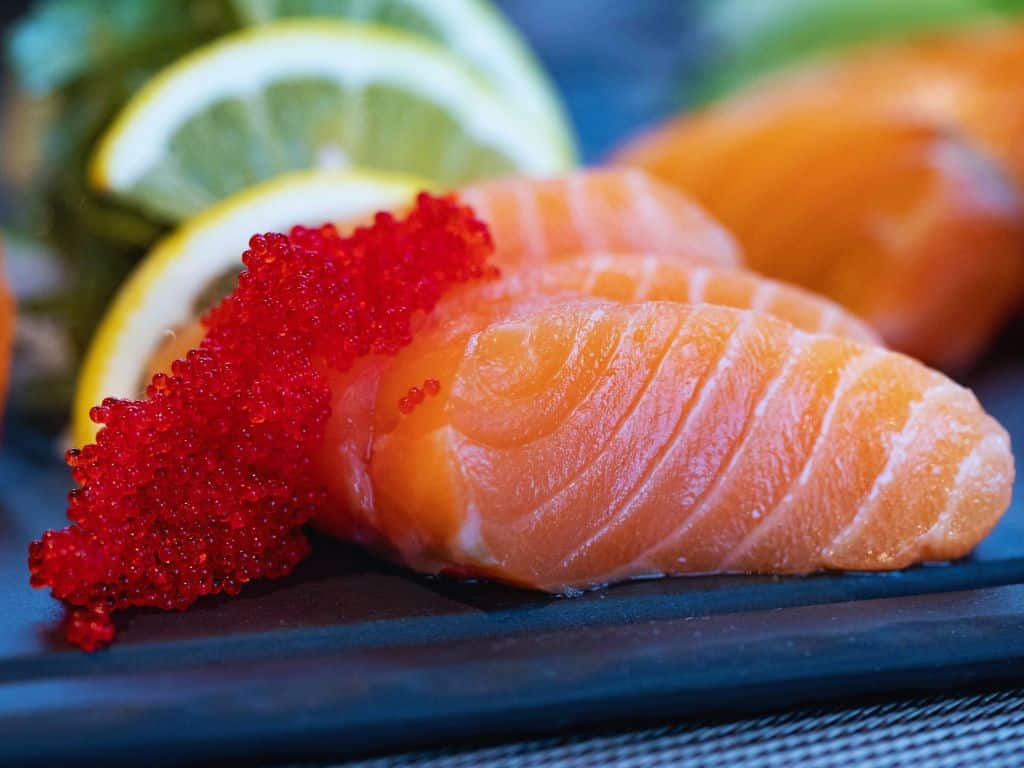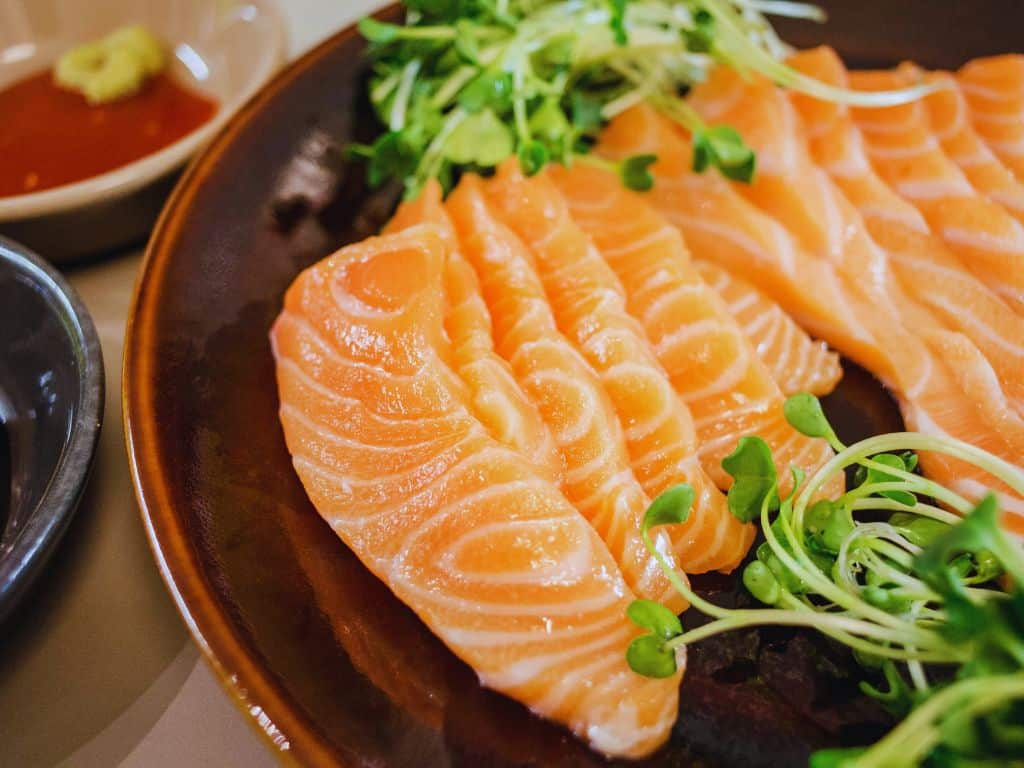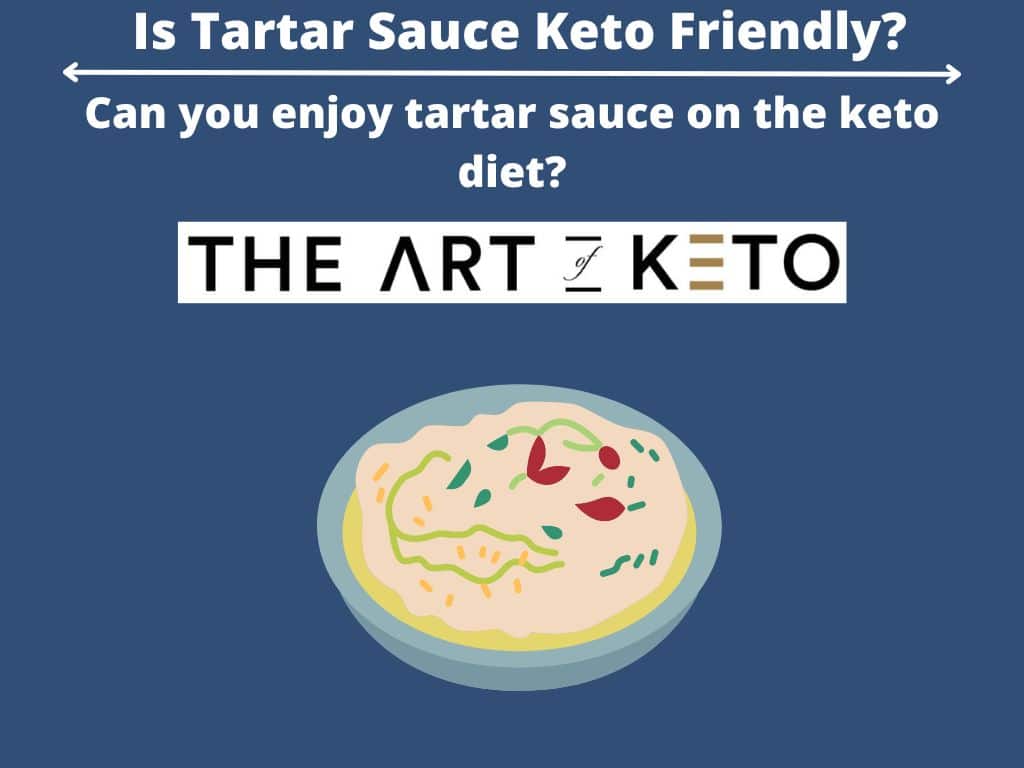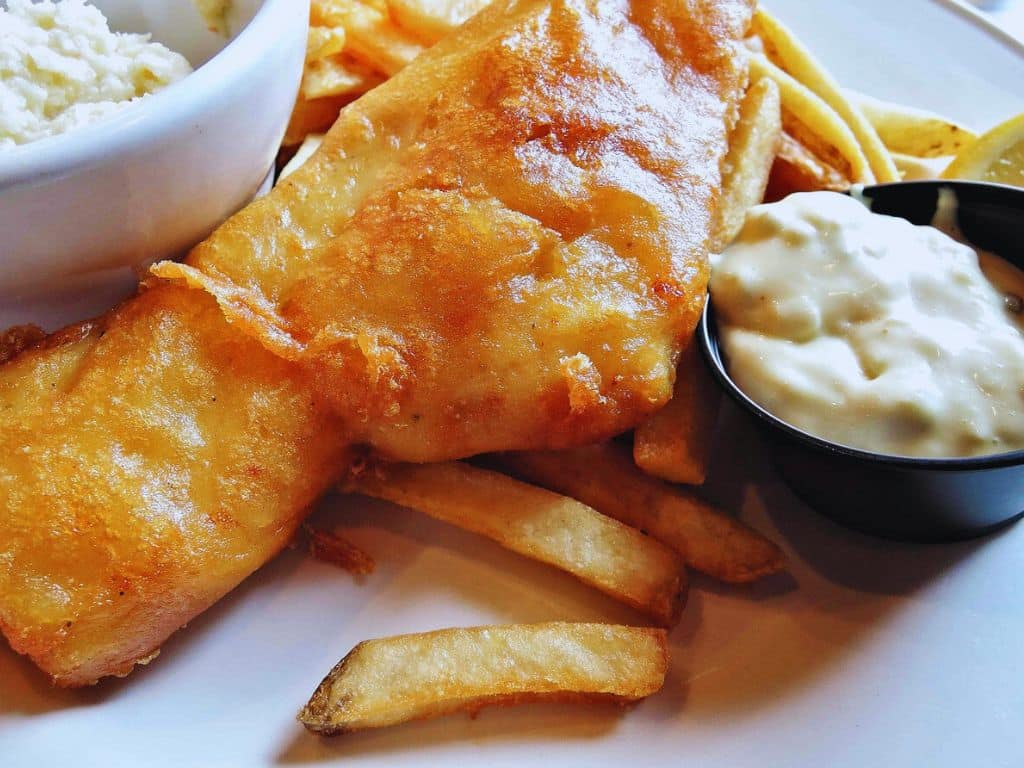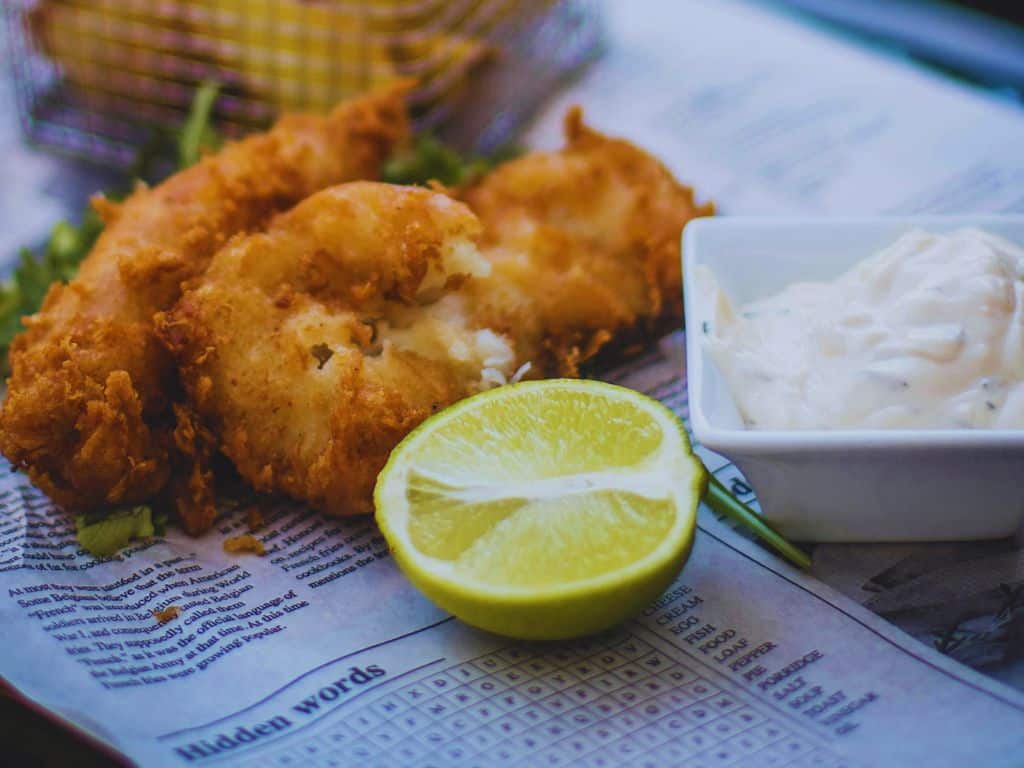Shedding those stubborn pounds is something many women can relate to. Now we all know the struggle with weight loss as the years add up. Losing fat can feel like an impossible challenge especially when you’re 50 or older. This is because as women age our bodies change and undergo menopause which leads to a slower metabolism along with major hormonal shifts.

Now what if I told you that keto is the solution you have been looking for. You have probably already heard of the keto diet and its amazing impact on the human body, particularly for rapid weight loss. But what you’ve probably never heard before is how keto is good for older women.
In this blog post we will discuss the importance of keto for women over 50 and how it works for weight management. We will also discuss the impact of keto diet on symptoms and side effects associated with menopause.
Let’s dig right in!
- Is Keto Good For Women Over 50?
- ● Menopausal Support
- ● Weight Management
- ● Cognitive Health
- ● Higher Energy Level
- ● Heart Health
- ● Bone Strength
- ● Improved Blood Sugar
- ● Hormonal Imbalance
- How To Do Keto After 50?
- How Keto Helps With Menopause?
- ● Prevents Hot Flashes and Night Sweats
- ● Addressing Sleep Disturbances and Energy Levels
- ● Supporting Bone Health and Joint Function
- What Keto Friendly Foods Can I Eat Over 50?
- Top Tips For 50-Year-Old Women On A Keto Diet
- Are There Any Risks Of Keto For Women Over 50?
- Testimonials Of Women Over 50 Doing Keto
- Wrapping Up
- Frequently Asked Questions (FAQs)
Table of Contents
Is Keto Good For Women Over 50?
The simple answer is yes, the keto diet can be very beneficial for women over 50. As women reach the age of 50 their bodies go through many changes like skin sagging, hormonal imbalances and a significant decrease in metabolic rate.
Several studies have shown that the keto diet can be effective for women in a number of ways such as reducing body fat, improving blood sugar, regulating hormones and even cheating some serious health concerns. [Source: Harvard]
Let’s take a closer look at the benefits of this high fat and low carb diet in older women struggling with obesity, metabolic syndrome and menopause.
● Menopausal Support
Menopause leads to many issues that can have serious symptoms like hot flashes, mood swings and weight gain. The ketogenic diet has shown promise and supports hormonal balance during this phase by stabilizing blood sugar levels and reducing insulin resistance. Studies have also shown the keto diet as a non-pharmacological therapy for menopause and other female reproductive health issues.
● Weight Management
Weight management becomes quite challenging especially when you're older. This is where the keto diet can particularly benefit you as it helps shift the body’s primary fuel source from carbohydrates to fats which leads to more efficient fat burning and rapid weight loss. Additionally keto has been shown to improve metabolism which further helps in maintaining a healthy weight.
● Cognitive Health
Keto diet is also great for improving brain function as it provides the study supply of ketones which serves as a potent energy source for the brain. Moreover, keto helps to remove brain fog and reduces signs of cognitive decline preventing diseases such as Alzheimer's dementia and Parkinson disease. Some studies have also indicated the neuroprotective effects of ketogenesis.
● Higher Energy Level
A lot of women struggled with fatigue and low energy levels after crossing 50 which significantly impacts their quality of life. But adopting a keto diet can help as it advertises you by providing a consistent source of fuel from bats along with essential nutrients. Moreover, eating low carb keto meals give me the mice blood sugar fluctuations and energy crushes which help you stay active throughout the day. [Source: Stanford Med]
● Heart Health
Heart diseases become a great concern for women as they age which makes cardiovascular health a priority for them. Thankfully the keto diet can improve various risks associated with blood heart health such as high blood pressure, cholesterol and triglycerides. As you lose weight and keto reduces inflammation from your overall heart healthy increases which lowers the risk of cardiovascular issues as you age.
● Bone Strength
Osteoporosis is a condition that decreases bone density and increases risk of fractures. This issue becomes more prevalent with age especially in postmenopausal women due to loss of collagen and deficiency of vitamin D and calcium. But did you know that the ketogenic diet, when combined with a healthy lifestyle, can support bone health and promote the retention of calcium and other minerals in the body? Additionally, keto’s anti-inflammatory effects help reduce bone loss and enhance bone strength. Even studies show that keto can improve the size and health of aging bones and muscles in women.
● Improved Blood Sugar
One of the most notable advantages of the keto diet is that instead of glucose the body uses stored fat as the primary fuel source which can significantly improve your blood sugar management and prevent chronic diseases like diabetes and kidney failure. So, in women over 50 the keto diet can regulate blood sugar levels by minimizing carbs and promoting insulin sensitivity which prevents the risk of developing metabolic disorders as you age.
● Hormonal Imbalance
Hormonal imbalances contribute to a wide range of health issues in women especially those that cross 50. These issues include irregular menstrual cycles, thyroid dysfunction, adrenal fatigue and much more. However , keto can help with hormone regulation which positively impacts other hormones in the body such as higher estrogen and lower cortisol and testosterone levels.
How To Do Keto After 50?
Turning 50 is a big milestone but it comes with a big life altering experience: the menopause. While aging men only have to worry about wrinkles, loose skin and lower strength, women also have to deal with irregular periods, cramps, mood changes, etc. Therefore, when it comes to adopting a new lifestyle or changing their diets, women have to be a lot more careful than men.

Now, if you’re a woman over 50 who wants to go on a keto diet, there are a few things you need to consider. These are:
- Monitoring Macros: Aging tends to slow down the metabolism which means you may require fewer calories than you may think, especially if you don’t work out regularly. To accommodate this change, you should adjust your macro intake. Plus, the keto diet is strictly a high fat, moderate protein and low carb diet so you need to adjust your daily caloric intake based on that.
- Quality Over Quantity: When it comes to a keto lifestyle, you should know that the quality of food is more important than the quantity. Choose nutrition dense foods that include minerals, vitamins and antioxidants. Moreover, the fats you pick also need to be good quality products like tallow, ghee, organic butter, pure virgin olive oil, etc.
- High Protein: When you’re 50+ protein becomes essential and should be a basic component in all your meals. This is because as we age, our muscles weaken and adequate protein consumption can help preserve the muscle mass – to maintain strength, mobility and functionality. So, every day you need to get 0.8 to 1 grams of protein per kg of your body weight. Some keto-friendly protein-rich foods are lean meats, poultry, fish, eggs, tofu, and low-carb dairy products.
- Fat Intake: The ketogenic diet is impossible without eating enough fats. Fats play a crucial role in a woman’s body as eating healthy fats stabilizes mood, hunger and hormones. Healthy fats also support cell growth, prevent wrinkles and keep blood pressure and cholesterol under control. On a keto diet, your maximum calories a day come from fats, so incorporate high-fat foods such as avocados, nuts, seeds, olive oil, and fatty fish like salmon. While fat is essential, it's still dense in calories, so be careful of portion sizes.
How Keto Helps With Menopause?
When was is a natural biological process that every woman goes through, and marks the end of their reproductive years. It usually occurs around the age of 50 and is characterized by hormonal fluctuations such as a decrease in the production of estrogen and progesterone. Menopause also brings other changes in a woman's body such as weight gain, dryness, irregular periods, sleep problems, and serious mood swings. Overall, menopause disrupts the quality of life, making it a challenging ordeal for aging women.
But with the help of a keto diet women over 50 can actually manage these symptoms and smoothly go through the menopause phase. Dr. Eric Berg is a keto and intermittent fasting expert who has helped thousands of people worldwide transform their health. According to him, the keto diet is great for this demographic. Another renowned fitness expert and body coach, Thomas DeLauer says that keto is the perfect diet for pre and postmenopausal women.
Here are a few ways how keto can help women over 50 dealing with the symptoms of menopause:
● Prevents Hot Flashes and Night Sweats
Hot flashes and night sweats are a very common symptom of menopause which disturb the sleep cycle and overall quality of life. By minimizing carbohydrates and focusing on eating healthy fats and proteins keto stabilizes blood sugar levels to reduce the frequency and severity of hot flashes. Moreover, the anti-inflammatory effects of keto further mitigate these symptoms.
● Addressing Sleep Disturbances and Energy Levels
Sleep disturbance often accompanies menopause which leads to fatigue and lower energy levels during the day. But when you consume a ketogenic diet and regulate blood sugar levels your body starts burning fat for fuel which makes you feel more active during the day and have a restful sleep at night. And by incorporating magnesium rich foods like nuts and leafy greens you can feel even more relaxed and have a better quality of sleep.
● Supporting Bone Health and Joint Function
Did you know that menopause can accelerate bone loss? But if you are following a keto diet then you are supporting skeletal health by managing weight and promoting wellbeing. Including calcium rich food like dairy products tofu and leafy greens in your keto diet further supports bone density. Additionally, by consuming collagen rich foods like bone growth and collagen peptides you preserve joint health and mobility.
What Keto Friendly Foods Can I Eat Over 50?
There’s a misconception that you don’t have many food choices when following a keto lifestyle – it couldn’t be farther from the truth. The only type of foods you should avoid on keto are those that are high in carbohydrates, like bananas, sugar, flour, starchy vegetables, etc. Other than that, you can eat pretty much anything on keto as long as you're following the golden rule: 70-80% fat, 5-10% carbohydrate, and 10-20% protein.

Now, let’s tell you what foods you as a 50+ woman can add to your keto meals. Here's a handy list of keto-friendly foods for you to add to your keto lifestyle.
Dairy: When it comes to dairy, you can have plenty of options like eggs, Greek yogurt, butter, ghee, and different types of cheeses. Other options include heavy cream, whipping cream, sour cream, and unsweetened kefir.
Vegetables: Add lots of vegetables to your basket. Go for leafy greens and other non-starchy veggies that are keto-friendly and avoid high carb veggies like potatoes and peas. The best vegetables for keto are cucumber, celery, cauliflower, capsicum, broccoli, kale and asparagus.
Meats: When it comes to meats, go for the unprocessed varieties for fewer added carbs sneaking into your meals. So, get skinless chicken, duck, turkey, or lean red meat like bison and lamb.
Berries: While fruits might seem off-limits on keto, berries are an exception—just enjoy them in moderation. They're lower in carbs compared to other fruits, making them a sweet treat without derailing your keto journey. So, get strawberries, blueberries or raspberries!
Fish: Load up on fatty fish like salmon, mackerel, and sardines. These swimmers are packed with those precious omega-3s. If you can find wild-caught varieties it is great as it avoids any unwanted additives often found in farmed fish.
Nuts: Nuts and seeds are another excellent source of omega-3s. Buy almonds, walnuts, cashews, chia seeds, pumpkin seeds and flaxseeds. These are perfect for sprinkling over salads or munching on as a snack.
Top Tips For 50-Year-Old Women On A Keto Diet
Whether you’re thinking of starting keto or you’ve already started this path, these tips will sure help you. Here are some basic things to keep in mind to have a smooth keto journey as an older woman:
- Focus on Whole Foods: The grocery stores these days are loaded with pre[packaged and processed keto goods but if you want to actually get all the benefits of a keto diet, then eat whole foods.
- Stick To Your Macros: This one is a no brainer. If you’re too lazy with tracking macros, you might kick your body out of ketosis. So, make sure you stick to your daily calories strictly no matter what.
- Stay Hydrated: Keto is high in fats and proteins so it can put a strain on your kidneys. Drink plenty of water throughout the day to stay hydrated, especially if you're experiencing hot flashes or night sweats.
- Monitor Electrolytes: The keto diet can often lead to a side effect called keto flu which is a group of symptoms like headache, fatigue, brain fog, and weakness. So, pay attention to your electrolyte levels by incorporating foods rich in potassium, magnesium, and sodium, or consider taking supplements if needed.
- Listen to Your Body: Every woman's body is unique and responds differently to a diet. So, listen to your body and adjust your keto diet accordingly to meet your individual needs.
- Read Labels: Packaged foods have many nasty ingredients such as artificial sugars that can trigger cravings and derail your keto efforts. Read labels carefully and avoid foods with added sugars or artificial sweeteners and flavors. Choose natural sweeteners like stevia or monk fruit if needed.
Are There Any Risks Of Keto For Women Over 50?
Any diet or lifestyle change may work for some and may not work for others. Wondered why? It’s not because the diet is bad or there’s something wrong with your body. The reason lies in our habits, environmental factors, other lifestyle habits and underlying health conditions. So, while there are no direct risks and challenges of following the keto diet, it could do more harm to your body than good if you’re not aware of the following.
- Nutrient deficiencies: As we age, our bodies require different nutrition. Following a keto diet may sometimes lead to deficiencies in essential nutrients like vitamins and minerals. To combat this, focus on eating a variety of nutrient-dense foods and talk to your GP to see if you need supplements to fill any gaps.
- Social and lifestyle challenges: Social gatherings and lifestyle habits can pose challenges when following a keto diet. It's important to inform your friends and family about your new dietary preferences, so they understand and support your choices. Additionally, look for keto-friendly alternatives to your favorite foods and beverages to stay on track without feeling deprived.
- Varying Goals: Consulting with a nutritionist or dietitian who specializes in ketogenic diets can provide personalized guidance for your specific needs and goals. They can design a keto diet plan based on your fitness goals, health issues and food preferences.
- Protein Intake: Consuming enough protein is very important for maintaining a healthy muscle mass and metabolic function. So, try to aim for at least 0.8 grams per kilogram of body weight daily. Protein also keeps you feeling full longer, reducing the temptation to snack between meals.
- Fat Overload: While fats are a cornerstone of the keto diet, don’t over consume them. Monitor your fat intake, especially as you become fat-adapted. Focus on healthy fats and adjust your intake to avoid weight stalls.
- Daily Stress: Stress triggers cortisol release which can lead to cravings and overeating. Chronic stress also leads to many health issues, so find stress-relief activities like meditation or reading to support your keto journey and maintain consistency with your diet.
- Drinking Alcohol: Alcohol can disrupt metabolism and hinder weight loss progress, especially if you're on a keto diet. Excessive alcohol consumption can actually interfere with ketosis. So, consider cutting back on alcohol and if you need to have it try low carb options like pure whisky, tequila, gin or rum.
- Trying Intermittent Fasting: Many women start intermittent fasting to enhance fat burning and optimize ketosis. It can be helpful but start with shorter fasting windows and gradually extend them as your body adapts this new change.
Testimonials Of Women Over 50 Doing Keto
In this article, we’ve discussed how women over 50 struggle with cognitive, hormonal and metabolic issues such as insulin resistance, brain fog and high blood sugar levels. As you know by now, the keto diet has been shown to improve these issues, leading to a better metabolic, brain and reproductive health in women. Let’s share the firsthand experience of some women who have seen a positive impact of this diet on their aging bodies.

- Meet Susan, 55:
Susan struggled with weight gain and low energy as she entered her 50s. After researching and trying different diets, she decided to give the keto diet a try. Within a few weeks, Susan noticed an increase in her energy levels and began shedding excess weight. Now, six months into her keto journey, Susan has lost 25 pounds and feels healthier than ever before.
- Meet Jane, 61:
At 61, Jane was diagnosed with type 2 diabetes and was determined to take control of her health. With her doctor's guidance, she adopted the keto diet to help manage her blood sugar. Over time, Jane not only saw improvements in her glucose readings but also got relief from different symptoms associated with metabolic disorder. Today, Jane feels much healthier.
By sharing these inspiring success stories, we hope to empower and motivate older women to start keto with confidence and determination. Remember, it's never too late to take control of your health and embrace a lifestyle that nourishes your body and soul.
Wrapping Up
The keto diet is a promising solution for women over 50 who want to lose weight, smoothly experience menopause and improve their health. While the keto diet offers many advantages, it’s not without its potential side effects, such as the keto flu.
We recommend that you only follow this diet after consulting your GP or a registered dietician as keto can be highly restrictive. That said, many women over 50 find success with the ketogenic diet.
Pro Tip: If you’re already doing keto or want to learn more about it, join online communities or find a keto buddy to get invaluable support and accountability. These likeminded people will offer encouragement, advice and motivation when needed. Good Luck!
If you'd like to learn more about keto friendly foods, please click on one of the links below:
Is Sashimi Keto Friendly?
Is Tartar Sauce Keto Friendly?
Frequently Asked Questions (FAQs)
Is keto suitable for 50-year-old women?
Yes, the keto diet is suitable for women who’re 50 or older. This diet has several benefits for aging women like losing stubborn fat, improving bone health and preventing cognitive decline. Please consult with your GP before starting keto if you have underlying health problems or take daily medications.
Is keto good for women after menopause?
Yes, as we’ve discussed above, the keto diet has a positive impact on women going through menopause. Keto Improves blood sugar levels, regulates hormones and promotes rapid fat loss.
What should a 55-year-old woman on a keto diet eat to lose weight?
A 55-year-old woman looking to lose weight on the keto diet should eat low carb foods and go for high fats and proteins. Examples include leafy greens, non-starchy vegetables, lean meats, fatty fish, nuts, seeds, and healthy oils like olive oil and avocado oil.
Q. How many carbs can women over 50 eat on a keto diet?
The number of carbs on the keto diet typically ranges from 20 to 50 grams per day. This carbohydrate restriction helps the body enter a state of ketosis, where it burns fat for fuel instead of carbohydrates but your individual carb tolerance may vary.
Q. Can keto help with hormonal imbalances in women over 50?
Yes, the keto diet can help improve hormonal imbalances in 50-year-olds. While more research is needed, evidence suggests that the keto diet may improve reproductive hormones in women and reduce hormonal imbalances associated with PCOS. [Source: NCBI]
Q. Are there any risks of following the keto diet for women over 50?
Like any diet, the keto diet may pose risks for certain people, especially if not followed correctly. Potential risks for women over 50 include nutrient deficiencies and developing a condition called keto flu along with dehydration, or constipation.
Q. How can women over 50 maintain muscle mass on the keto diet?
To preserve muscle on the keto diet, women over 50 should eat a lot of protein. You should also take vitamin D and calcium supplements to strengthen bones and muscles. Regular resistance training exercises also help build muscle mass.



